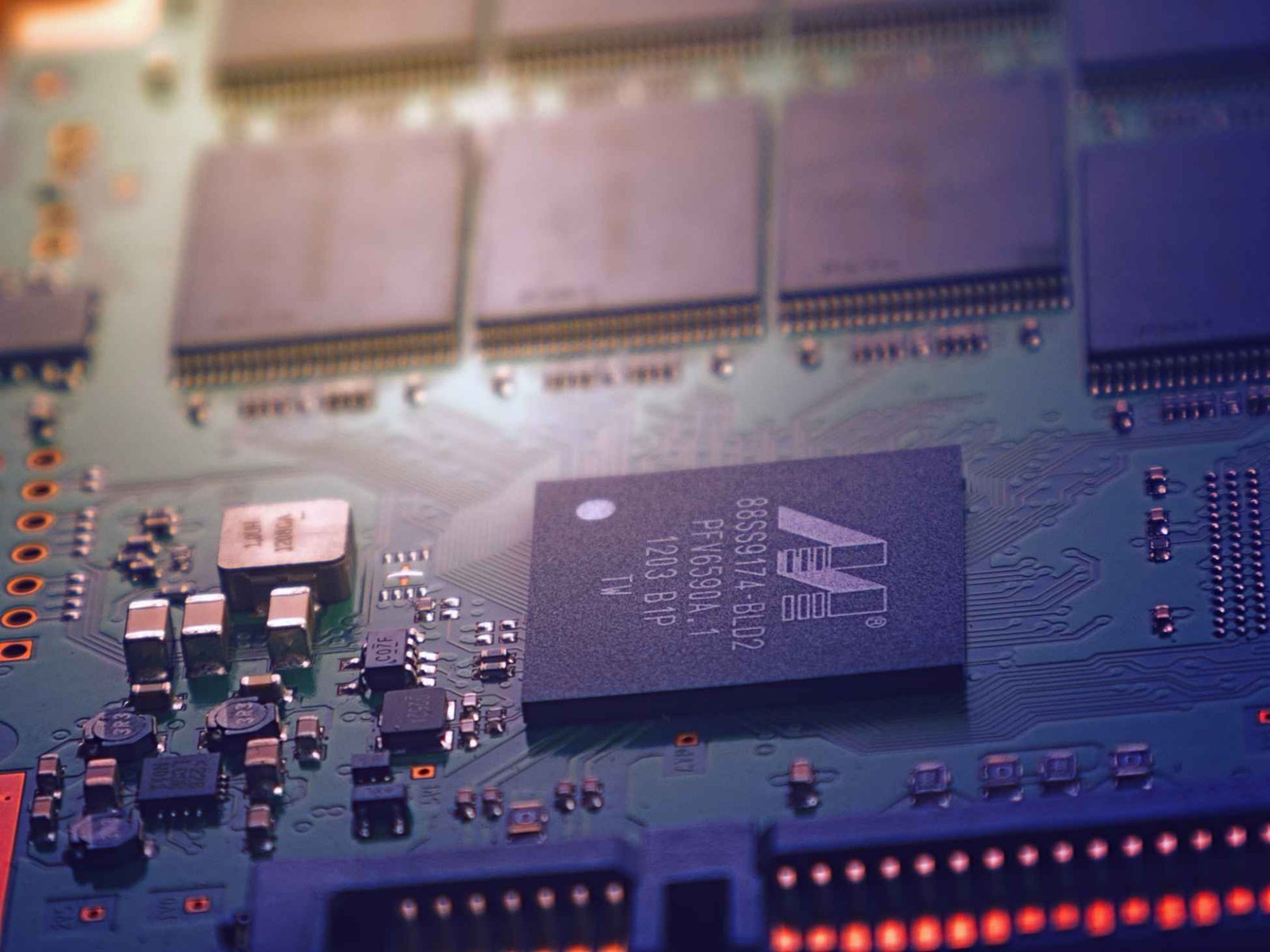The Middle Kingdom plays a key role in the global semiconductor market. China is one of the world's major semiconductor producers, making semiconductor imports important for many industries and companies around the world. By 2030. China is expected to produce 25% of the world's semiconductor production. Currently, China ranks 4th in production just behind Taiwan, South Korea and Japan, but ahead of the US. The global semiconductor market is estimated at USD 600 M billion, thus it is worth mentioning that 1/5 of this market is controlled by the two companies Samsung and Intel.
The semiconductor market from China offers a wide range of products with different specifications and prices, which attracts the attention of importers from different countries. Semiconductor production in the chip market is often based on advanced technologies and innovative solutions, making these products competitive in terms of both quality and price. Cooperation with Chinese semiconductor manufacturers can bring many benefits to the companies importing these products, such as access to modern technologies, the possibility to reduce production costs and the expansion of product offerings. Therefore, semiconductor imports from China are an important part of the business strategies of many companies that can use semiconductors in the technology industry.
Duty on semiconductors from China
Customs duty on semiconductors from China is relevant for imports into the European Union. As far as duty rates for semiconductors are concerned, they are determined in accordance with international regulations such as ISZTAR and TARIC, which contain detailed information on customs duties.
In order to accurately determine the tariff rates for semiconductors from China, it is necessary to use the relevant HS codes that identify products in international trade. Therefore, before importing semiconductors from China, it is worthwhile to carefully analyse the applicable duty rates, below is a sample list of duty rates for specific products:
- processors and controllers, whether or not combined with memories, transducers, logic, amplifiers, clocks and timers or other circuits - MCO multicomponent integrated circuits (HS CODE: 8542 31 11 00) - 0%
- MCO memory (HS CODE: 8542 32 11 00) - 0%
- MCO amplifiers (HS CODE: 8542 33 10 00) - 0%
What are the safety and quality requirements for semiconductor imports from China?
Semiconductor imports from China are subject to strict safety and quality requirements that must be met. Among the most important regulations is the RoHS directive, which restricts the use of certain substances harmful to the environment and health. Imported semiconductors must comply with these standards.
Another important aspect is the CE marking and the declaration of conformity. The CE marking indicates compliance with European safety and health requirements, while the declaration of conformity confirms that the product complies with the applicable standards. The product may also fall under the directives below:
- ATEX Directive 2014/34/EU
- Ecodesign Directive 2009/125/EC
- Machinery Directive 2006/42/EC
- LVD Low Voltage Directive 2014/35/EU
- Electromagnetic Compatibility Directive EMC 2014/30/EU
- Waste Electrical and Electronic Equipment Directive WEEE 2012/19/EU
- RED Radio and Telecommunications Equipment Directive 2014/53/EU."
Before importing semiconductors from China, it is a good idea to carefully check that the supplier meets all safety and quality requirements and that the product has the necessary certifications and documentation to prove compliance. By acting on these guidelines, you can ensure the high quality of imported semiconductors and the safety of their users.
How to transport goods from China?
When transporting semiconductors from China, we can use sea, rail or air transport. Below are the specifics of each transport method:
Rail transport from China is a fast and relatively economical option, especially for large loads. Transport time from terminal to terminal is approximately 14-21 days.
Air transport from China may be the best option if time is of the essence. The time is between 3 and 7 working days depending on the service we choose. It is also the most expensive shipping option from China.
Maritime transport from China is often chosen due to its low price, especially for large quantities of goods. However, you should be aware of the longer delivery time compared to rail and air transport. The time is around 36-42 days, but everything also depends on the service. There may be some services whose time is up to 55 days.
Choosing the right transport option from China will depend on the individual needs of the company and the type of goods to be transported. It is worth carefully examining all the options available to choose the best one for you.





